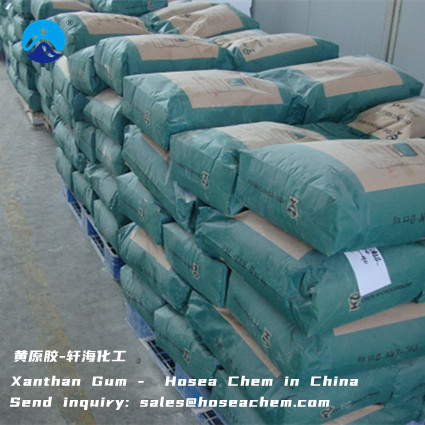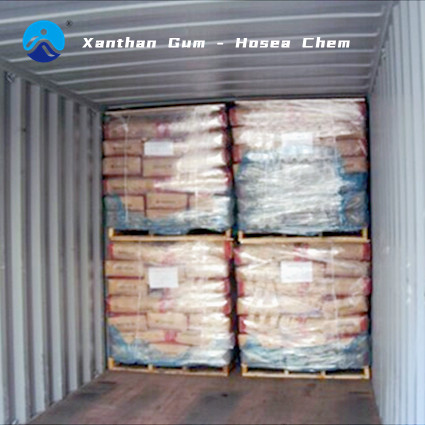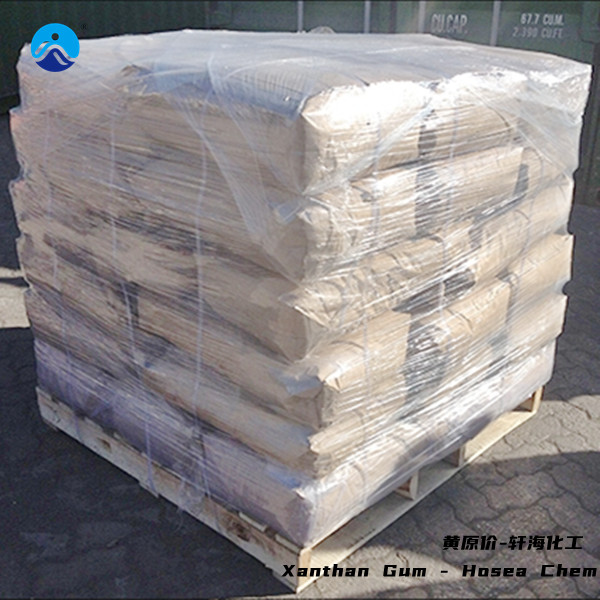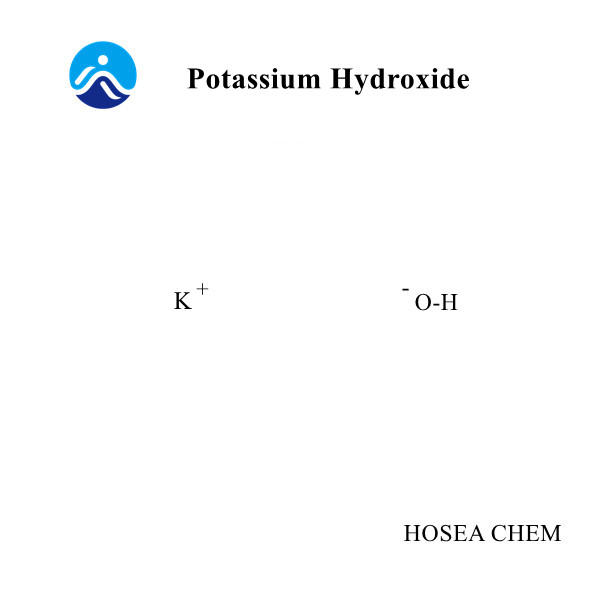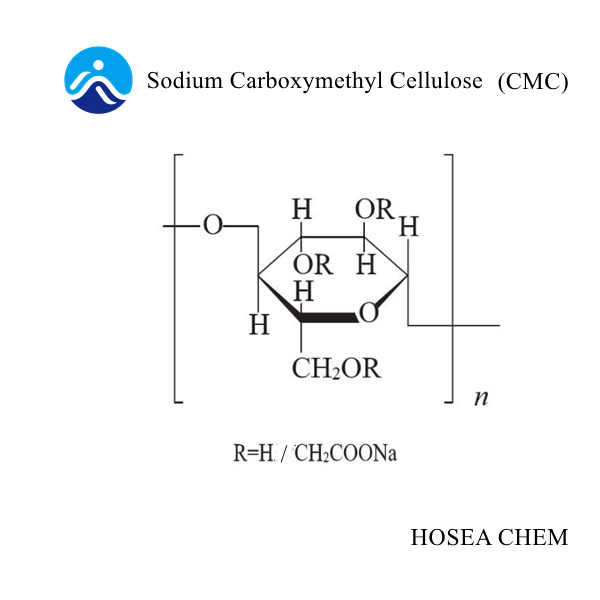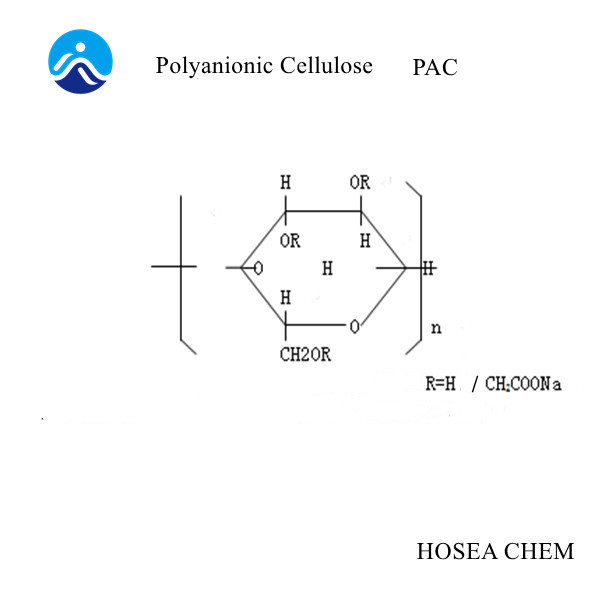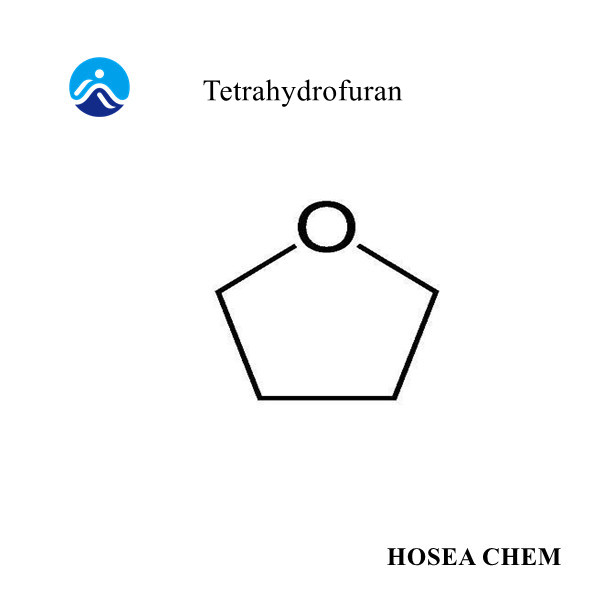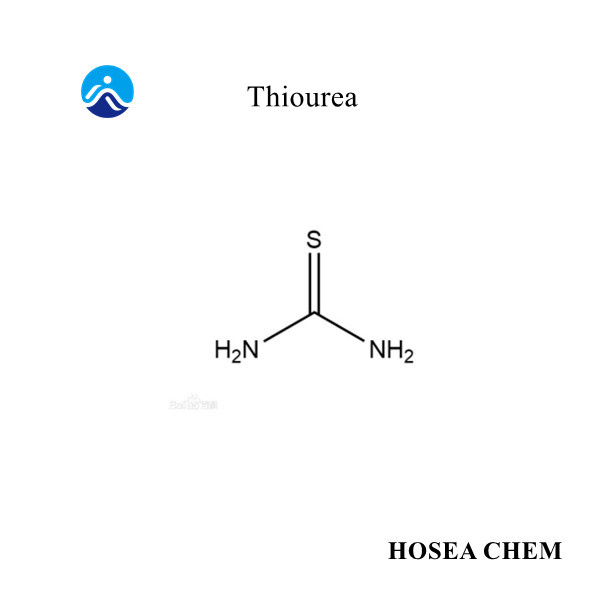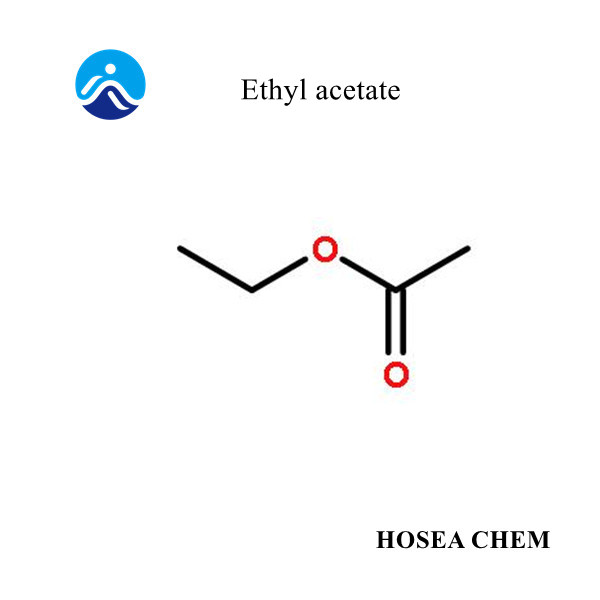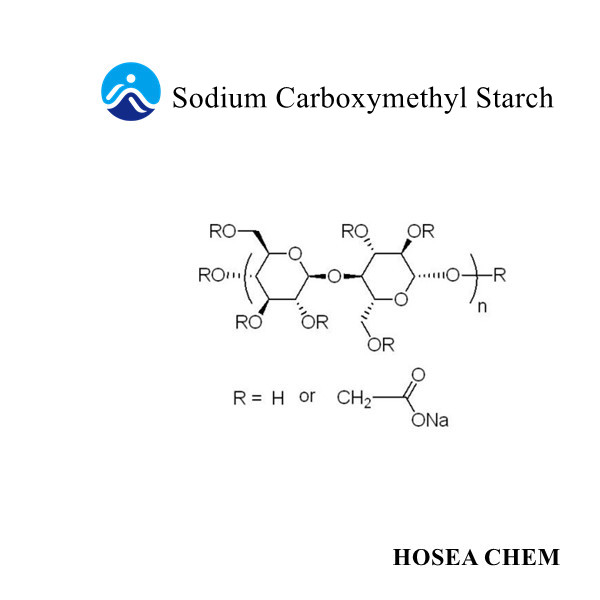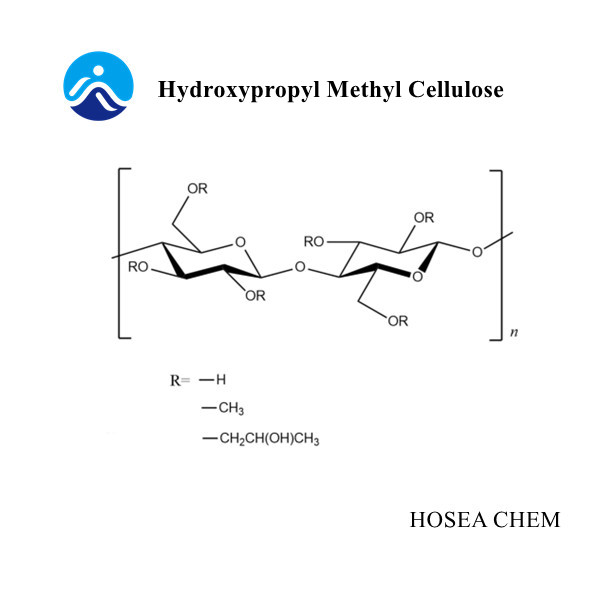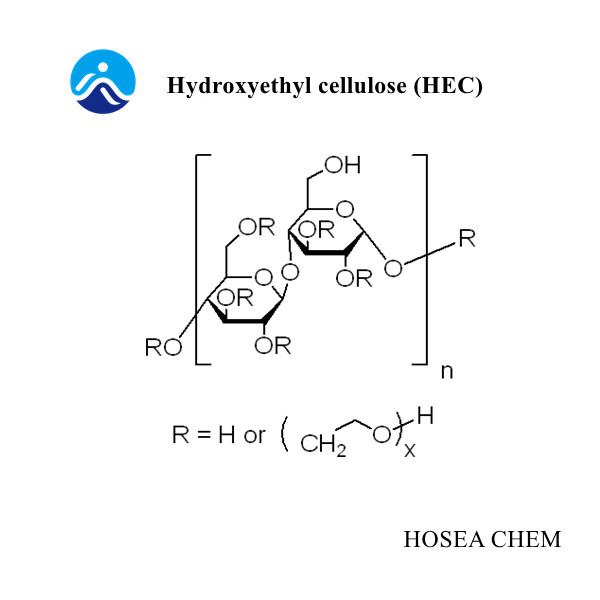Properties and Applications of Xanthan Gum
2023-06-09Xanthan Gum, can be used as a stabilizer, thickener and emulsifier. It is light yellow to light brown powder with a slight odor. Soluble in cold and hot water, neutral solution. Dispersed and emulsified in water to become a stable hydrophilic viscous colloid. Low concentration solutions are also highly viscous. Viscosity is not affected by temperature. In the range of 0-100°C, the viscosity is 1-0.9Pa·s. When the temperature is constant, there will be reversible changes between sol and gel due to pure mechanical impact. The viscosity will decrease when stirred, and the viscosity will decrease when left standing. Viscosity increases, it can be a gel when it stands still, it is pseudoplastic, and it can be thixotropic and liquefied by shaking, stirring, etc. (Newtonian fluid plasticity). The viscosity is stable near neutral, and the viscosity increases when the pH is below 4 or above 10. It is stable to acids and salts, and the viscosity increases when salt is added. Resistant to freezing and thawing, insoluble in ethanol. It has a synergistic (multiplicative) effect when used in combination with carob gum, which can improve elasticity, and when used in combination with guar gum, it can increase viscosity.
Adjust the medium containing 1% to 5% glucose and inorganic salts to a pH value of 6.0 to 7.0, add Xanthomonas campetris inoculum, and cultivate for 50 to 100 hours to obtain 4 to 12 Pa·s After sterilization, add isopropanol or ethanol to make it precipitate, then refine it with isopropanol or ethanol, dry and pulverize.
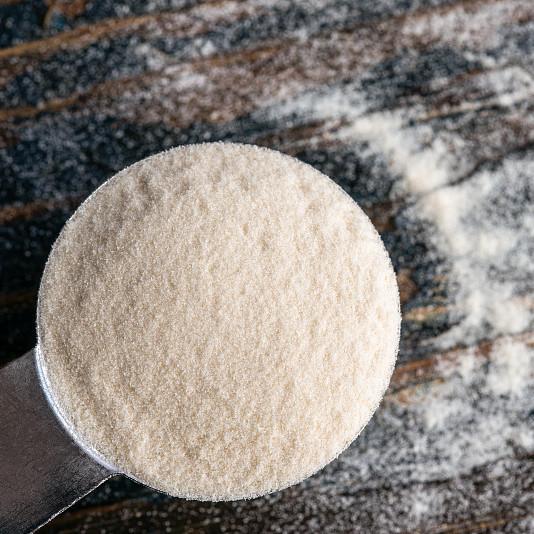
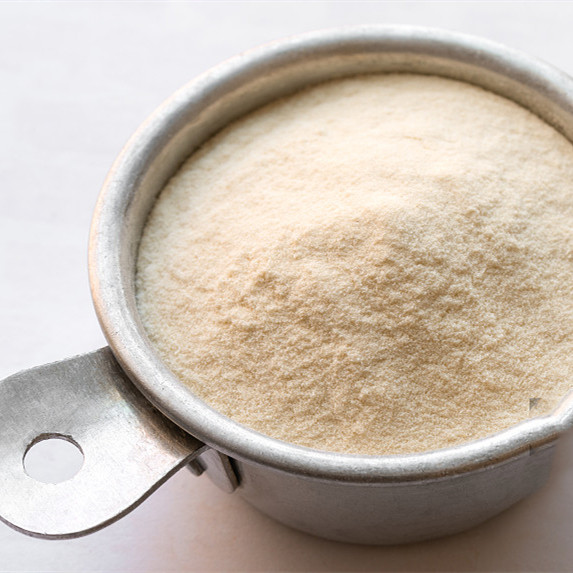
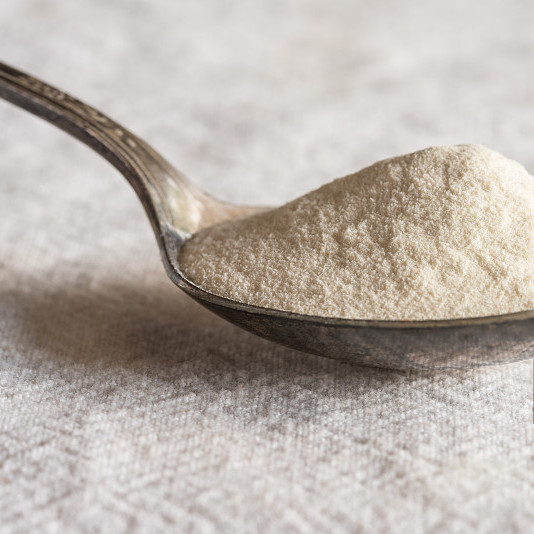
Identification method:
Gel formation test Take 300ml of water, put it in a 400ml beaker, preheat to 80°C, add 1.5g of sample and 1.5g of powdered carob gum under vigorous mechanical stirring.
After stirring to form a solution, continue stirring for 30 min. During the stirring process, the water temperature should not be lower than 60°C, stop stirring, and cool at room temperature for more than 2 hours. When the temperature is lower than 40°C, a hard rubber-like gel should be formed, but if only the sample is used without adding carob The 1% control solution prepared from vegetable gum in the same way will not form such a gel.
Precautions for use:
1) When preparing xanthan gum solution, if the dispersion is not sufficient, clots will appear. In addition to fully stirring, it can be mixed with other raw materials in advance, and then added to the water while stirring. If it is still difficult to disperse, a water-miscible solvent, such as a small amount of ethanol, can be added.
2) Xanthan gum is an anionic polysaccharide, which can be used together with other anionic or nonionic substances, but it cannot be compatible with cationic substances. Its solution has excellent compatibility and stability to most salts. Adding electrolytes such as sodium chloride and potassium chloride can increase its viscosity and stability. Divalent salts such as calcium and magnesium show similar effects on their viscosity. When the salt concentration is higher than 0.1%, the optimum viscosity is reached. Too high salt concentration does not improve the stability of the xanthan gum solution, nor does it affect its rheological properties. Only when the pH value is greater than 10 (seldom occurs in food products), Divalent metal salts show a tendency to form gels. Under acidic or neutral conditions, trivalent metal salts such as aluminum or iron form gels. High levels of monovalent metal salts prevent gelation.
3) Xanthan gum can be compatible with most commercial thickeners, such as cellulose derivatives, starch, pectin, dextrin, alginate, carrageenan, etc. When used in combination with galactomannan, it has a synergistic effect on increasing viscosity.
